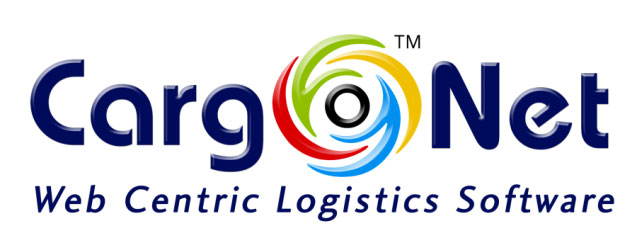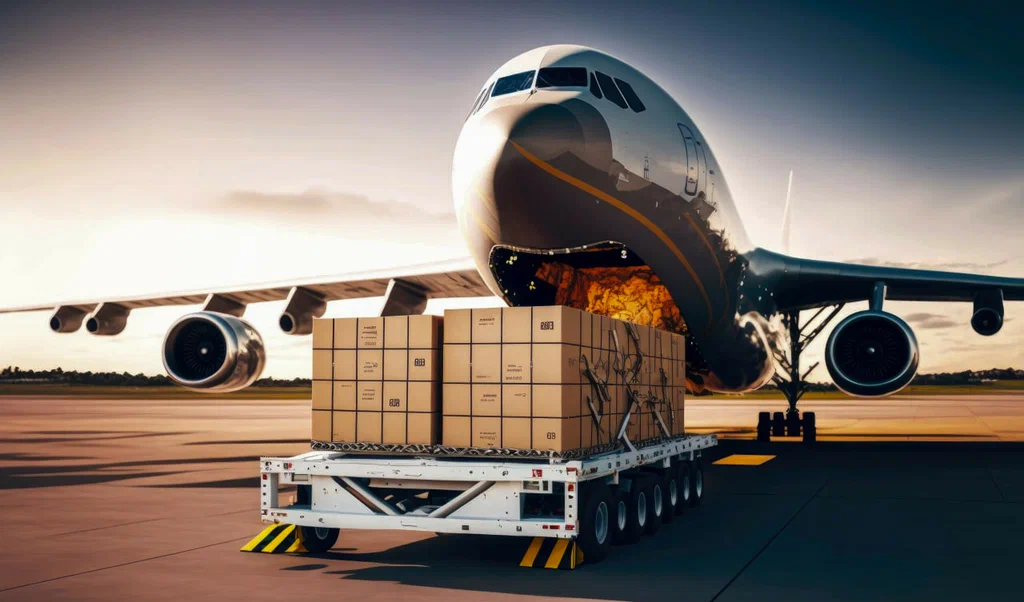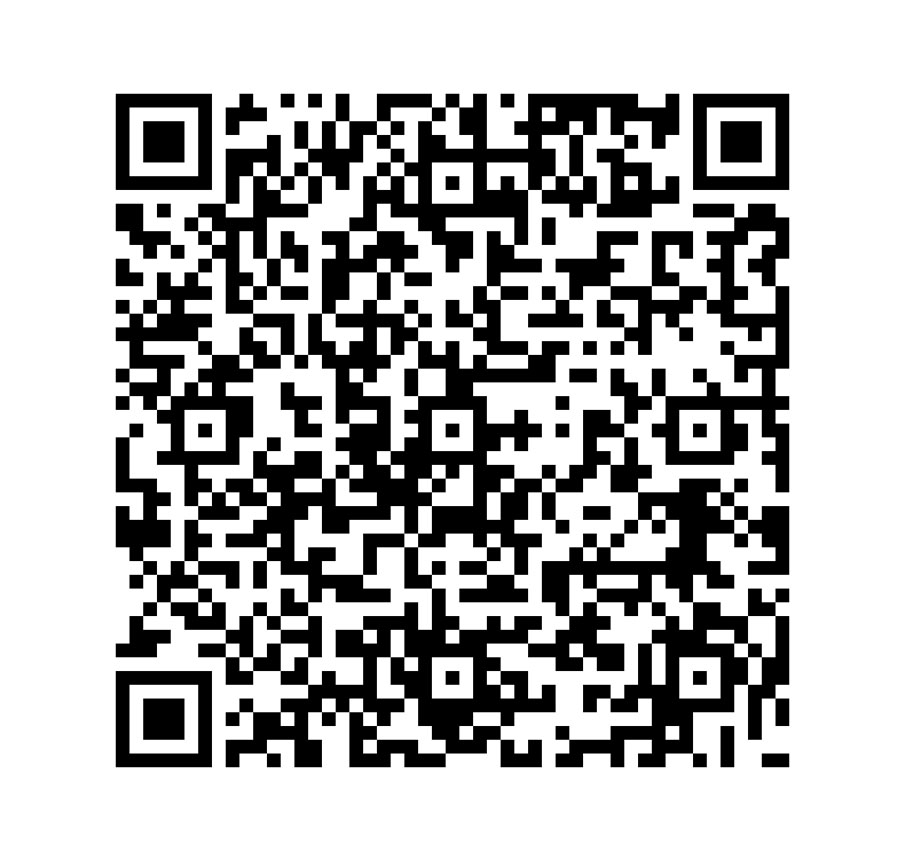Invoicing and reconciliation are critical processes in any business, ensuring accurate financial records and seamless transactions. However, relying on manual methods for these tasks presents several challenges that can impact efficiency, accuracy, and overall business performance. Let’s explore some key issues associated with manual invoicing and reconciliation and how businesses can overcome them.
1. Human Errors Leading to Financial Discrepancies :-
Manual invoicing is prone to human errors such as incorrect data entry, misplaced decimal points, or duplicate entries. These mistakes can lead to financial inconsistencies, disputes with clients, and delayed payments, ultimately affecting cash flow.
2. Time-Consuming and Labor-Intensive Process :-
Generating invoices manually takes significant time, especially for businesses handling high transaction volumes. Employees must enter data, verify details, and track payments manually, leading to inefficiencies and reduced productivity.
3. Difficulty in Tracking and Managing Invoices :-
With manual invoicing, businesses often struggle to keep track of unpaid invoices, due dates, and payment statuses. This lack of visibility can result in missed payments, delayed follow-ups, and potential financial losses.
4. Complex Reconciliation with Bank Statements :-
Matching invoices with bank statements manually is a tedious process that requires cross-referencing multiple records. Errors in reconciliation can lead to discrepancies, making it difficult to detect missing payments or unauthorized transactions.
5. Risk of Fraud and Unauthorized Changes :-
Manual processes increase the risk of fraud, as invoices can be altered, misplaced, or manipulated without proper tracking mechanisms. Lack of audit trails makes it challenging to detect fraudulent activities and maintain financial integrity.
6. Compliance and Regulatory Challenges :-
Many industries require strict compliance with financial regulations, tax laws, and reporting standards. Manual invoicing lacks automated compliance checks, increasing the risk of non-compliance, penalties, and legal complications.
7. Lack of Integration with Other Systems :-
Manual invoicing does not integrate with other financial or enterprise systems, making it difficult to synchronize data across departments. This leads to inefficiencies, as employees must manually transfer data between accounting, sales, and finance teams.
Overcoming Manual Invoicing Challenges with CargoNet
To address these challenges, businesses can adopt CargoNet’s automated invoicing and reconciliation solutions
Here’s how CargoNet helps:
- Reduce Errors : CargoNet minimizes human errors by accurately generating and processing invoices.
- Save Time : The automation speeds up invoice creation, tracking, and reconciliation, improving efficiency.
- Enhance Visibility : CargoNet provides real-time invoice and payment tracking, reducing missed payments.
- Improve Security : Digital solutions within CargoNet offer audit trails and fraud detection mechanisms.
- Ensure Compliance : CargoNet aligns with tax regulations and financial reporting standards, ensuring compliance.
- Seamless Integration : CargoNet integrates with accounting and ERP systems, streamlining financial management.
Conclusion
Manual invoicing and reconciliation present significant challenges that can hinder business operations. By transitioning to CargoNet automated solutions, businesses can improve accuracy, efficiency, and financial control, ensuring smoother operations and better financial health. Investing in CargoNet’s invoicing tools is a strategic move toward modernizing financial processes and achieving long-term business success.










